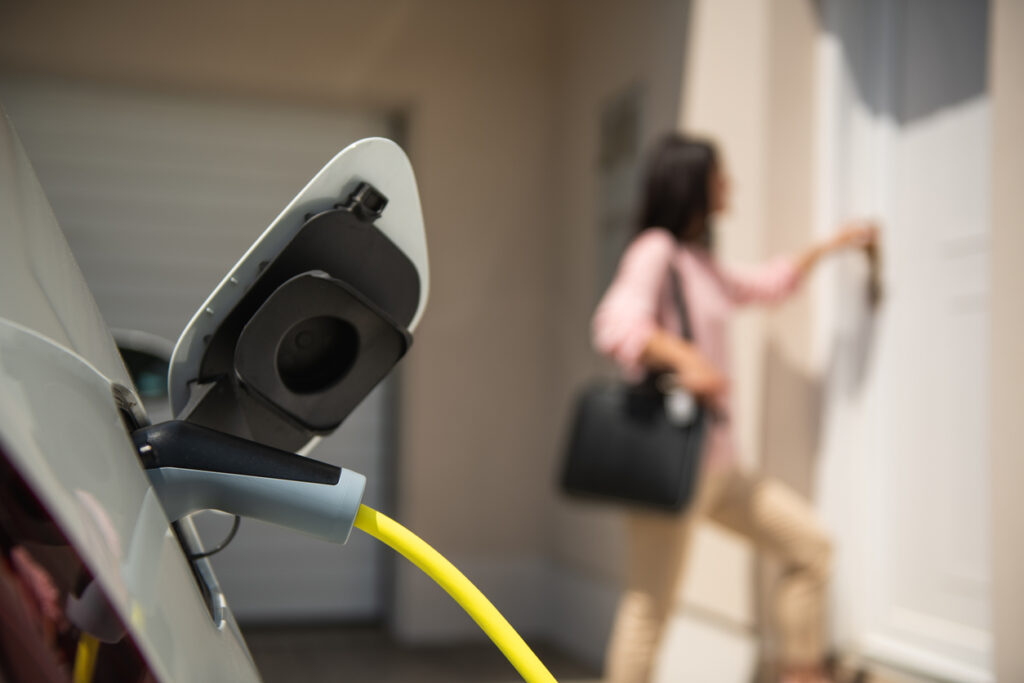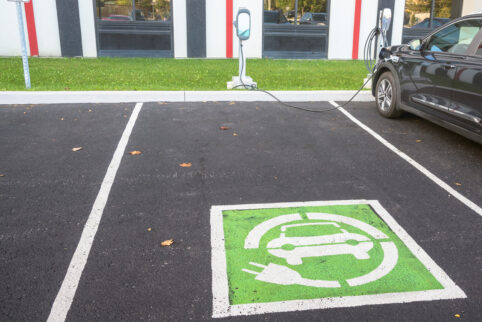Although the initial purchasing cost of an electric vehicle is often much higher than a gas-powered one, many people switch to an EV because the cost of keeping it fuelled up is significantly cheaper. In this post, we’ll look at some factors that influence the pricing of electricity for BEVs and PHEVs to help you keep your fuel costs down. We’ll also explain where you may find free charging.
Government Regulations
The Ontario Energy Board, under the Ontario Energy Board Act, regulates the price and sale of electricity. Only licensed retailers can sell electricity for EVs and they must do so at the rate(s) set by the government. This regulation helps keep electricity prices affordable.
By comparison, the federal government can only interfere with gas pricing in a state of emergency. (Controlling pricing is different from setting taxes.) Although individual provinces have the power to regulate the prices in their region, only Québec, New Brunswick, Nova Scotia, Prince Edward Island, and Newfoundland and Labrador currently do so.
EV Charging Standards
There are three levels of EV charging. The Level 1 charging standard is done at home using the electricity you pay for on your hydro bill. It’s the slowest form of EV charging, but it’s definitely the most economical because it doesn’t require any extra equipment, and if timed properly, can be done overnight, when electricity rates in Ontario are the cheapest.
Level 2 charging is the most common form of public charging. Many public Level 2 chargers are free to use. If they do have a cost, it’s typically $1 per hour or $2.50 per charge. One hour of this charging will award you about 30km of range. You may be able to get a Level 2 charger installed in your home and pay residential rates, which will be cheaper.
Level 3 charging is much less common than Levels 1 and 2. It’s also known as fast charging because it can add up to 32km of range per minute. Level 3 charging isn’t ideal for home use, but can be found at select public stations. In four provinces, including Ontario, fast charging costs 33¢ per minute. The cheapest rate is currently 20¢ per minute in Québec.
You can read more about how much it’ll cost to charge a particular EV here.
Charging at Home vs. in Public

If you pay your electricity bill on a time-of-use basis, you can plan your EV charging to save money. Based on the rates set by the Ontario Energy Board at time of writing, electricity costs 8.2¢/kWh during off-peak hours (weekdays from 7pm to 7am, weekends, and all holidays). On average, most EVs need 15 kWh of electricity to travel 100km. By charging off-peak, you’d be paying $1.23 for every 100km of range. Charging during peak hours goes up to 18¢/kWh, costing you $2.70 per 100km of range.
Public charging stations are much more common in certain provinces than others. You’ll have to narrow your search to find only free stations, and the number of free stations varies by city. For example, 60% of EV charging stations in both Toronto and Kitchener-Waterloo are free to use. In Ottawa, you’ll find 46% of stations are free.
Before committing to an EV, make sure there are enough charging stations in your area, especially if you’re only looking for free stations. You can still charge your vehicle at home, but having access to public stations can help you ward off range anxiety.
Free Charging Is Possible, But Not Always
Because of the lower voltage level, free charging takes much longer than paid services. You also lose the convenience of plugging your car in at night and having it charged by morning. To charge your vehicle for as little as possible, plug in at home during off-peak hours if you have time-of-use electricity billing.


